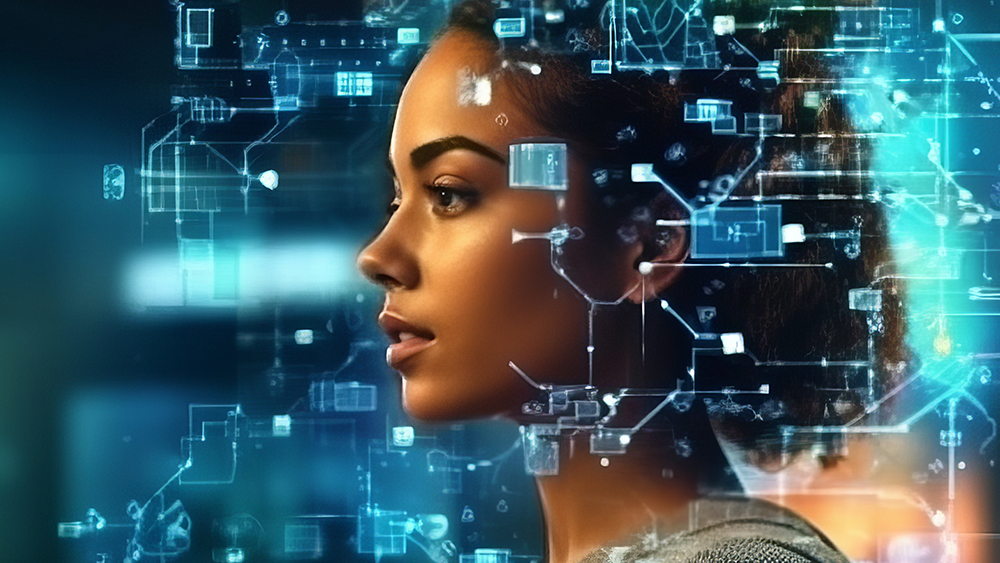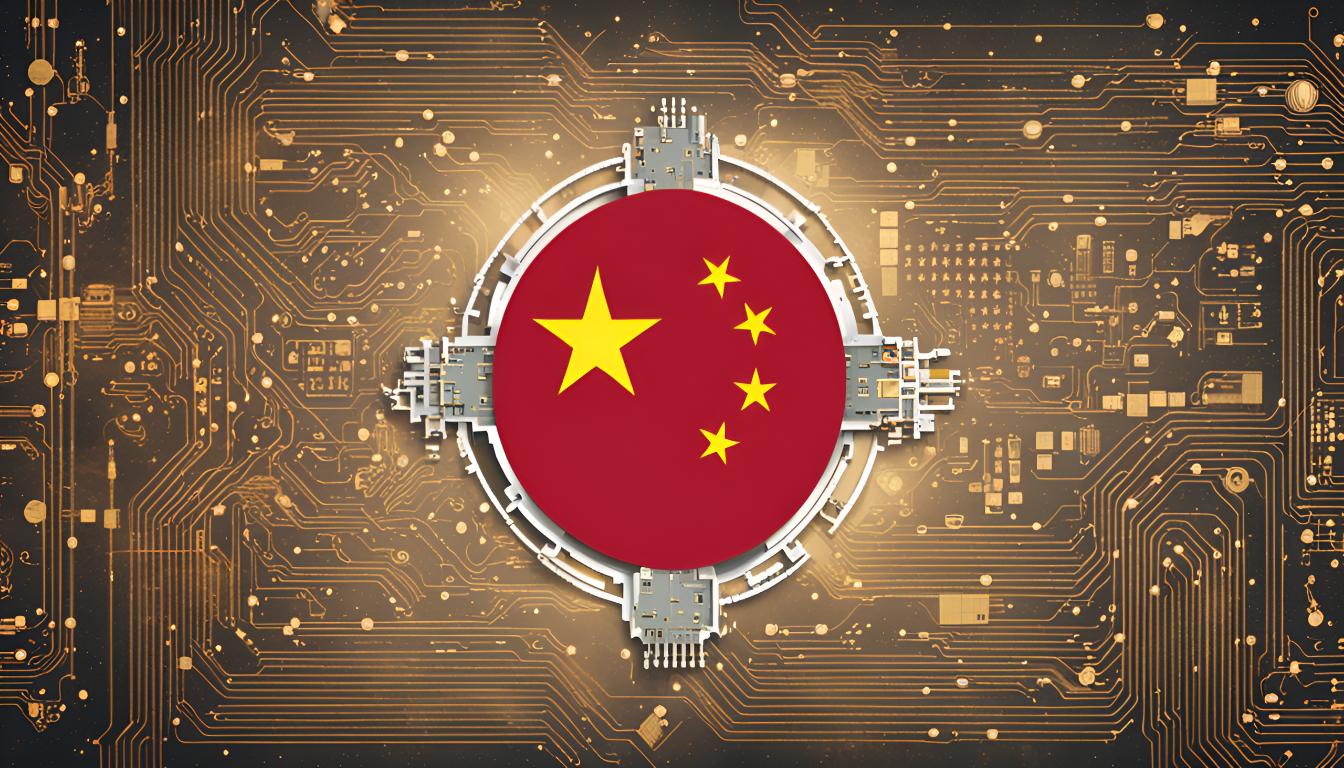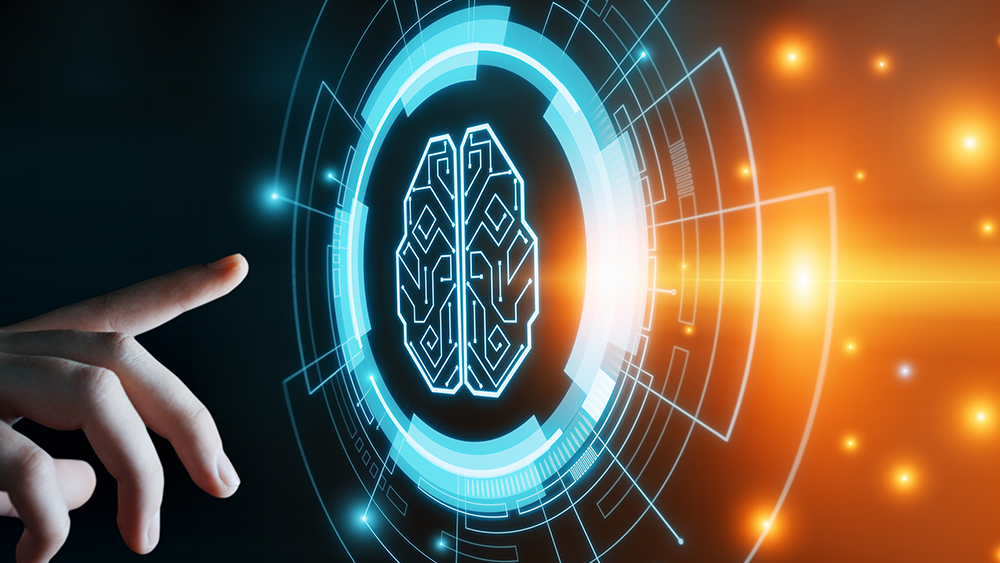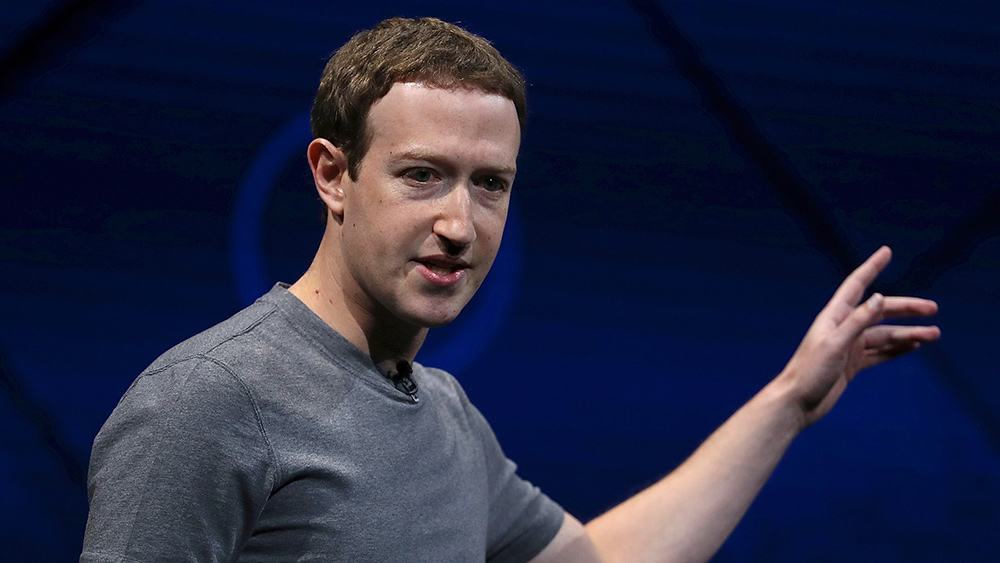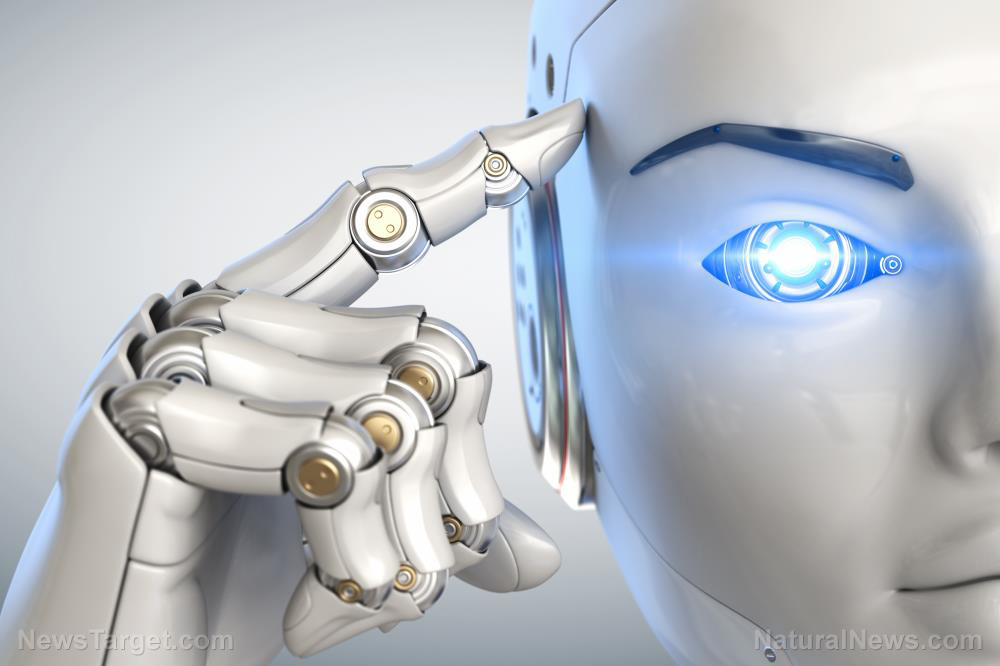
- Nvidia CEO Jensen Huang introduced Cosmos, a World Foundational model platform at CES 2025, designed to help AI models understand and simulate the physical world, enabling synthetic data generation for robotics, autonomous vehicles and industrial systems.
- Trained on 20 million hours of video footage, Cosmos focuses on physical AI, integrating with Nvidia’s Omniverse to create photorealistic, geospatially accurate environments for synthetic data generation, reinforcement learning and scenario testing.
- Cosmos, now open-licensed on GitHub, aims to make advanced AI tools accessible to all developers, addressing the high cost and complexity of real-world data capture and labeling.
- Huang compared Cosmos’ impact to ChatGPT, predicting it will revolutionize robotics and autonomous systems, with applications in autonomous driving, industrial automation, and humanoid robotics.
- Leading tech startups and giants like Agility, Figure AI, Uber, Waabi and Wayve have already adopted Cosmos, signaling its potential to drive innovation and growth in the multi-trillion-dollar robotics industry.
In his Consumer Electronics Show (CES) 2025 keynote address, Nvidia CEO Jensen Huang unveiled Cosmos, a World Foundational model platform designed to help artificial intelligence models understand and simulate the physical world.
Cosmos represents a leap forward in physical AI, enabling developers to generate synthetic data for training robots, autonomous vehicles and industrial systems. The platform, now open-licensed and available on GitHub, aims to democratize access to advanced AI tools, potentially transforming industries from manufacturing to transportation. (Related: Nvidia unleashes super computer AI robots that will "learn" how to navigate and control the physical world.)
Cosmos is trained on an unprecedented 20 million hours of video footage, capturing dynamic physical phenomena such as human movement, natural environments and fast-paced camera actions. Unlike generative AI models focused on creative content, Cosmos is designed to teach AI systems to comprehend the physical world.
"It's not about generating creative content, but teaching the AI to understand the physical world," Huang said during the keynote. "From this, we can do synthetic data generation, train robotics models, and even simulate multiple physically plausible scenarios of the future."
The platform integrates with Nvidia’s Omniverse, a physics-based simulation system, to create photorealistic, geospatially accurate environments. This combination allows developers to generate synthetic data for reinforcement learning, model validation and edge-case scenario testing.
"The magic happens when you connect Cosmos to Omniverse," said Huang. "It provides the grounding, the ground truth, that can control and condition the generation. What comes out is grounded on truth."
The development of physical AI models has historically been hindered by the high cost and complexity of capturing, curating and labeling real-world data. Cosmos addresses this challenge by providing a scalable, cost-effective solution for generating synthetic data. This breakthrough could accelerate the adoption of robotics and autonomous systems across industries, from logistics to healthcare.
Nvidia believes Cosmos will be as transformative to the AI industry as ChatGPT
Huang likened the potential impact of Cosmos to the transformative effect of large language models like ChatGPT.
"The ChatGPT moment for robotics is coming," he said. "World Foundation Models are fundamental to advancing robot and AV development, yet not all developers have the expertise and resources to train their own. We created Cosmos to democratize physical AI and put general robotics in reach of every developer."
Cosmos employs autoregressive and diffusion-based models to generate virtual world states from text, image or video prompts. Its advanced tokenizer converts visual data into tokens, enabling real-time processing and foresight capabilities. The platform also features an AI-accelerated data pipeline, powered by Nvidia’s CUDA technology, which reduces the time required to process and label 20 million hours of video from 3.4 years to just 14 days.
Developers can use Cosmos to create custom models tailored to specific applications, such as autonomous driving or industrial automation. For instance, self-driving car companies can fine-tune the model using video recordings of road trips, while robotics firms can simulate complex factory environments. Similarly, Cosmos can simulate warehouse accidents, such as boxes falling from shelves, to train robots to recognize and respond to real-world incidents.
Several leading companies have already adopted Cosmos, including humanoid robot startups Agility and Figure AI, as well as autonomous vehicle developers like Uber, Waabi and Wayve.
During the CES keynote, Huang showcased life-sized images of 14 humanoid robots developed by companies such as Tesla, Boston Dynamics and Figure, underscoring the growing interest in humanoid robotics. He predicted that robotics would become a multi-trillion-dollar industry, with Cosmos playing a pivotal role in its evolution.
With Cosmos now open-licensed, Nvidia is inviting developers worldwide to explore its potential, signaling a new era of innovation in physical AI. As industries increasingly rely on AI to navigate real-world challenges, Cosmos could become the foundation for a smarter, more autonomous future.
Watch this clip from Yahoo Finance discussing the tech trends to watch out for in 2025, and why Nvidia is at the center of it all.
This video is from the TrendingNews channel on Brighteon.com.
More related stories:
AI data centers are straining the grid – and your home appliances are paying the price.
Apple to compete with NVIDIA, develop AI server chip named "Baltra."
Sources include:
Please contact us for more information.














